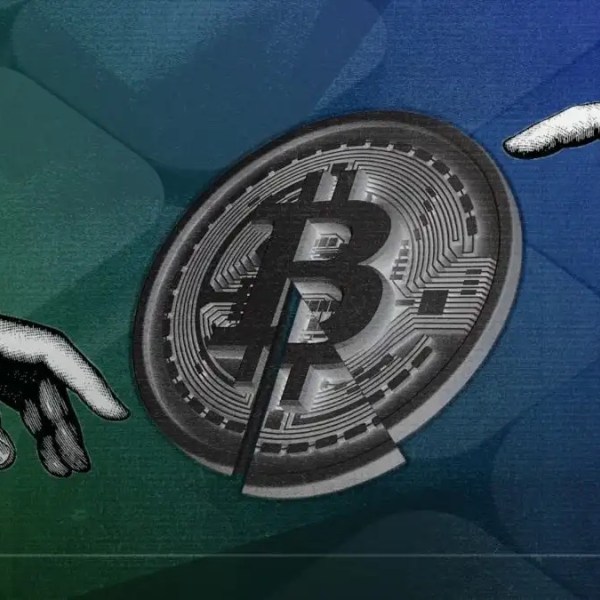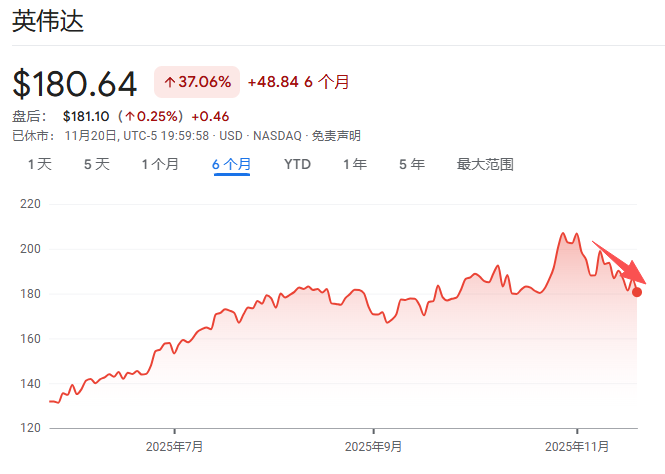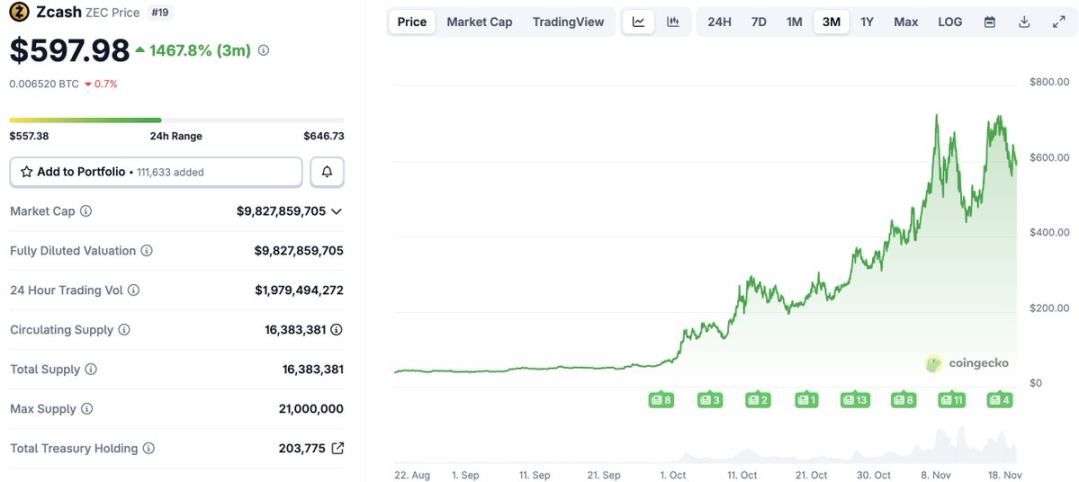Decentralized Governance and Ethereum's Technical Evolution: A Blueprint for Future-Proof Investment
- Ethereum's decentralized governance mirrors organizational structures, enabling community-driven upgrades via EIPs and DAOs. - Over 13,000 DAOs managed $1.4B in 2025, using governance tokens like UNI and AAVE for protocol decisions. - Technical upgrades (Pectra, Sharding) and Layer 2 solutions enhance scalability, critical for DAO efficiency. - Risks include regulatory uncertainty, security vulnerabilities ($90M lost in 2025), and token concentration in top 20% holders. - Investors prioritize DAOs with t
In 2025, the intersection of decentralized governance and technical innovation has become a defining feature of Ethereum's ecosystem. The parallels between Ethereum's governance model and decentralized managerial structures in organizations are striking, offering a compelling framework for investors to evaluate opportunities in decentralized autonomous organizations (DAOs) and Ethereum-based governance tokens.
Ethereum's Governance: A Model of Decentralized Coordination
Ethereum's governance is a masterclass in decentralized decision-making. Unlike traditional hierarchical systems, where authority is concentrated, Ethereum relies on a consensus-driven, community-led process. The Ethereum Improvement Proposal (EIP) system allows anyone to submit changes to the protocol, which are then debated in forums, AllCoreDevs calls, and public discussions. This mirrors the way decentralized managerial influence operates in organizations—where decisions emerge from collaborative input rather than top-down mandates.
For example, the Pectra upgrade (2025), which combined execution and consensus layer improvements, was shaped by months of open debate. EIP-7251 (increasing validator balances) and EIP-7702 (enhancing account abstraction) were refined through iterative feedback from developers, stakers, and dApp builders. This mirrors how modern organizations leverage cross-functional teams to refine strategies, ensuring alignment with diverse stakeholder interests.
DAOs: The Next Frontier of Decentralized Management
DAOs take this model a step further by embedding governance into smart contracts. Token holders directly vote on proposals, with voting power often proportional to token holdings. This creates a self-sustaining governance loop, where decisions are executed automatically once approved.
Consider Uniswap (UNI) and Aave (AAVE), where governance tokens enable community-driven upgrades to lending protocols and trading platforms. In 2025, over 13,000 DAOs managed $1.4 billion in DeFi assets, with participation rates averaging 17%—a figure that spikes to 28% for critical proposals. While voter apathy remains a challenge, innovations like quadratic voting (adopted by 140 DAOs) are mitigating power concentration, ensuring smaller stakeholders have a voice.
Investment Opportunities in Governance Tokens
Ethereum-based governance tokens are not just utility tools—they are voting rights in a digital economy. Tokens like UNI, AAVE , and MKR offer exposure to protocols that are redefining finance, gaming, and social media. For instance:
- DeFi DAOs (e.g., Aave, Compound) manage treasuries worth billions, allocating capital to yield-generating strategies.
- Gaming DAOs (e.g., Yield Guild Games) control $520 million in in-game assets, leveraging NFTs for revenue.
- Social DAOs (e.g., Friends With Benefits) blend community governance with cultural projects, creating new value streams.
Technical Upgrades: Fueling Scalability and Security
Ethereum's technical roadmap is equally compelling. The Pectra upgrade (2025) and Sharding Phase 3 (targeting 100,000 TPS) demonstrate a commitment to scalability without sacrificing decentralization. These upgrades are critical for DAOs, which require low-cost, high-speed transactions to function efficiently. Layer 2 solutions like Optimism and Arbitrum have already reduced gas fees by 90%, making DAO participation more accessible.
Risks and Mitigations
While the potential is vast, risks persist:
- Regulatory Uncertainty: Jurisdictions like Wyoming and Singapore are clarifying DAO frameworks, but global compliance remains fragmented.
- Security Vulnerabilities: Over $90 million was lost to hacks in 2025, underscoring the need for robust smart contract audits.
- Power Concentration: 78% of governance tokens in many DAOs are held by the top 20% of stakeholders, risking centralization.
Investors should prioritize DAOs with transparent governance tools (e.g., Aragon, Tally) and protocols with strong developer activity. Institutions like Bitmine Immersion (BMNR), which aligns with regulatory frameworks like MiCA, offer a blueprint for compliant, institutional-grade participation.
Conclusion: A Future-Proof Investment Strategy
Ethereum's decentralized governance and technical upgrades are reshaping how organizations operate, creating a fertile ground for DAOs and governance tokens. For investors, the key lies in balancing technical innovation (e.g., EVM 2.0, VDFs) with governance efficiency (e.g., quadratic voting, liquid democracy).
As Ethereum transitions to a resilient, scalable infrastructure, and DAOs refine their governance models, the ecosystem is poised for exponential growth. By allocating capital to Ethereum-based tokens and DAOs with strong community alignment, investors can position themselves at the forefront of a decentralized future.
Disclaimer: The content of this article solely reflects the author's opinion and does not represent the platform in any capacity. This article is not intended to serve as a reference for making investment decisions.
You may also like
"AI Godmother" Fei-Fei Li's Latest Interview: I Didn't Expect AI to Become So Popular, the Next Frontier Is Spatial Intelligence
If AI leads humanity into an extinction crisis, it will be humanity's fault, not the machines'. If superintelligence emerges, why would humanity allow itself to be taken over? Where are collective responsibility, governance, and regulation? "Spatial intelligence" may fundamentally change the way we understand the world.
Has the four-year cycle of Bitcoin failed?
The various anomalies in this cycle—including waning sentiment, weakening returns, disrupted rhythms, and institutional dominance—have indeed led the market to intuitively feel that the familiar four-year cycle is no longer effective.

At an internal Nvidia meeting, Jensen Huang admitted: It's too difficult. "If we do well, it's an AI bubble," and "if we fall even slightly short of expectations, the whole world will collapse."
Jensen Huang has rarely admitted that Nvidia is now facing an unsolvable dilemma: if its performance is outstanding, it will be accused of fueling the AI bubble; if its performance disappoints, it will be seen as evidence that the bubble has burst.

After a 1460% Surge: Reassessing the Value Foundation of ZEC
Narratives and sentiment can create myths, but fundamentals determine how far those myths can go.
